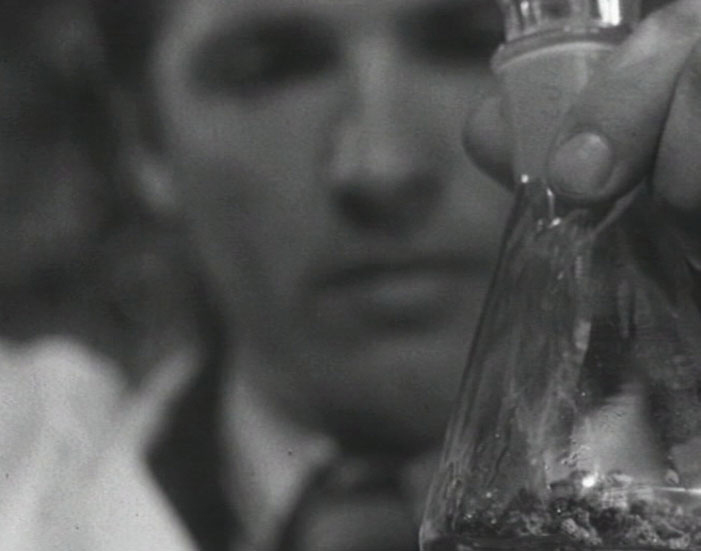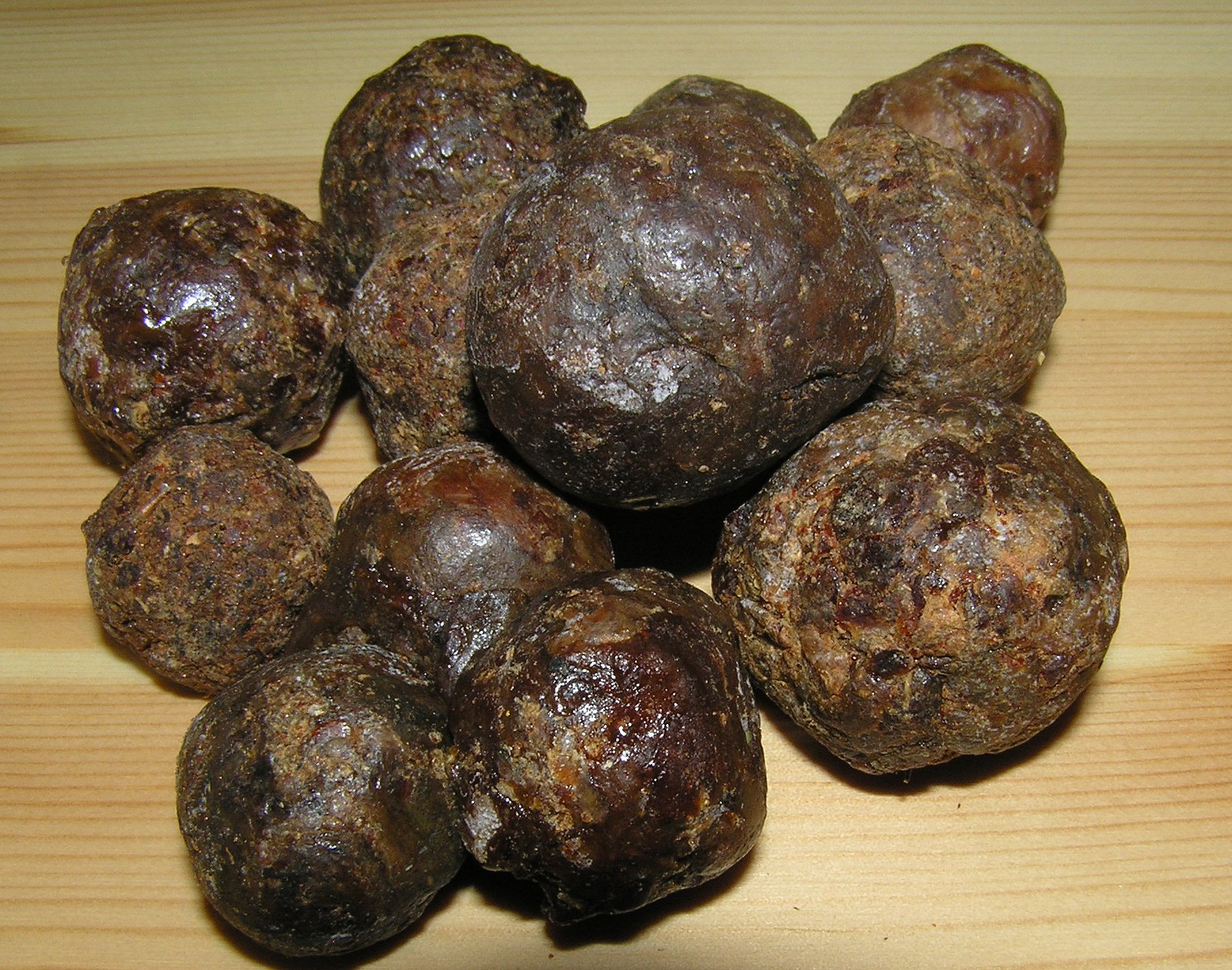The institute of В«chemistry of alive substancesВ» was headed by vice-president of the Academy of Sciences - academician M.M.Shemjakin. Simultaneously he supervised a laboratory of antibiotics and was my direct scientific adviser of Candidate's dissertation on synthesis of tetracycline.I should tell, that the tasks facing the laboratory of antibiotics were discussing at Plenums of Central Committee of the Communist Party. Those discussions concentrated on search of the optimal means of the population health protection. It was epoch of the great belief in antibiotics - strong, reliable and fast-acting medicines. Besides it was time of В«cold warВ» - of a rigid and uncompromising competition with the West when only the absolute victory was expected. It could not be in a different way for us - wartime children. It should be noted that our laboratory of antibiotics was one of the leaders in this competition and excelled considerably other scientific schools. For example our laboratory was first to realize synthesis of tetracycline in which I made ¾ of the whole circular system of a molecule (BCD) for my Candidate's dissertation.But as it always happens, problems in creation of successful antimicrobial protection still remained. With application of rather strong and effective antibiotics arose an unavoidable problem of getting accustomed of microorganisms to the substances used. Here I thought about natural system of surprisingly reliable and effective antimicrobial protection which always showed perfect sterility and full absence of any microflora. I mean a beehive where melliferous bees live. Its atmosphere was familiar to me in all details from the childhood. I took a keen interest and love to bees from early age, and at the age of 11 years old I could already provide all my family with honey. As for sterility, the first experiments confirming such phenomenon were run by American bacteriologist White in 1905. He touched different parts of inner walls of the beehive with a sterilized platinum stick and after that placed this stick in thermostat with breeding ground for microbes. But each time he found out very poor results of crop, i.e. the beehive showed practically full absence of any microflora. However the reason or reasons of such surprising sterility were not found out. 50 years later, approximately in 1960-62, French scientists Remi Shoven and Pierre Lavi continued researches of substances responsible for the ideal sterility in a beehive. They defined degree of antibiotic activity of all substances contained in a beehive - honey, honeycombs, beer poison, bee-bread, bees themselves. And finally they found out a surprising fact. It turned out that neither more nor less than propolis or beer glue was by substance responsible for 100 % sterility of a beehive. This fragrant resinous substance is of dark-brown or greenish color, its chemical nature remained unknown for long because of complexity of structure. The French researchers called propolis В«a whale of beehive`s antimicrobial defenseВ» and invited the best chemists from the Institute of chemistry of natural connections of France under the direction of Michel Barb'e for the further works.The chemists managed to identify the first 5 compounds of propolis. They were flavonoids, two of which - galangin and pinocembrin - had moderate antibiotic activity. At the same time German taxonomist Volen Veber identified the same compounds in resinous discharges of kidneys of a black poplar (Populus nigra), widespread in the Western Europe. After that discovery the appropriate conclusion was made, that resinous allocation of kidneys of a poplar was a source of the West-European propolis. It is necessary to tell that all the facts, given in articles of Remi Shoven and Pierre Lavi in 1962, excited me extremely. A chemical nature of propolis collected by bees in Russia at that moment was not studied yet. Its sources in our northern latitudes, where the black poplar does not grow, were not revealed at all. It is precisely this fact that explains unexpectedness and success of results of searches. At that time it was extremely difficult to attract attention of scientific bosses to this theme. Antibiotics were searched among metabolites of mushrooms, and all scientific hopes were related with search of only one extremely active and each time - new compound. The compounds with average activity did not cause interest. Though they could create in the aggregate – an insuperable, reliable and harmonious system of antimicrobial protection, which could be more effective than the only strong antibiotic with inevitable habit-forming effect. As results of definition of antibiotic activity shown, in propolis В«the effect of groupВ» - significant positive jump caused by summation of several joint moderate actions, typical usually for the phenomena of so-called social (collective) biochemical protection - was demonstrated very clearly. And probably keys to universal antimicrobial protection and human existence were hidden just in this phenomena, since bees are a natural megalopolis. In a word, all this inspired me very much on getting of new scientific results... to part 2 >>> part 3>>>
|




